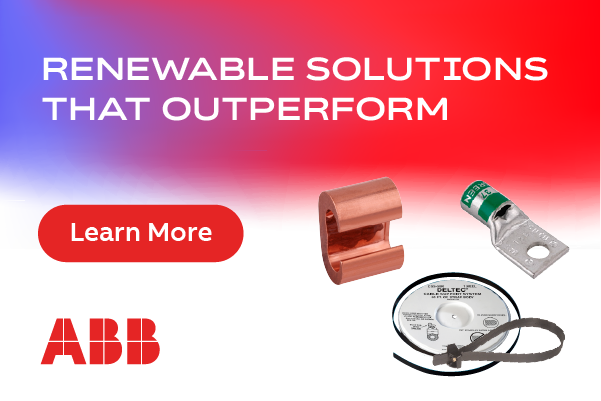Survival of the Fittest: Protect your power source with a turbine retrofit
In February 2021, Texas was hit by a 100-year storm that nearly crippled the state and left millions of Texans without electricity. Overwhelmed by the sudden, extreme drop in temperature and, without an appropriate contingency plan, one third of the state's energy providers went offline. The catastrophic grid failure caused by storm Uri has now been recorded as the worst forced blackout in US history.
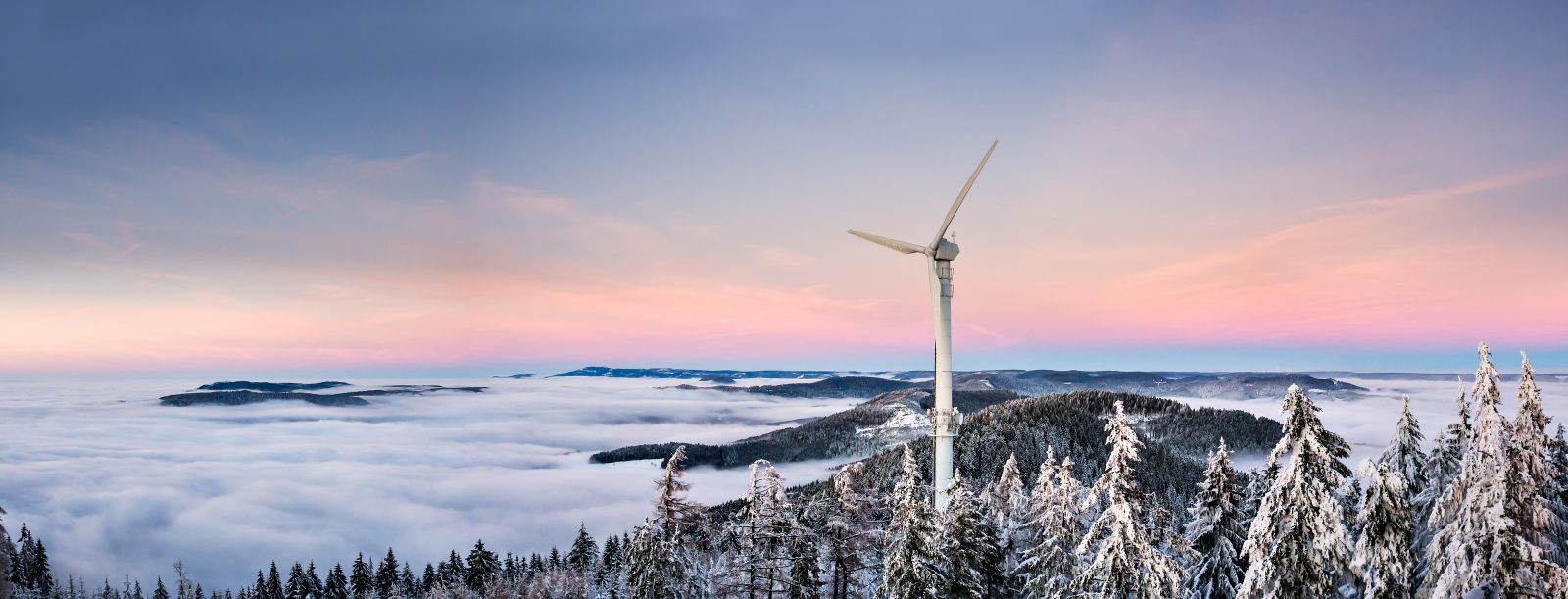
As the crisis worsened, and pictures began to circulate of icicle-coated wind turbines, many were quick to lay blame on the limitations of wind power. With only around 20 percent of electricity in Texas generated from wind, frozen turbines were not solely responsible for the disaster; over 50 percent of the state's power is supplied by natural gas - as pipeline compressor stations froze, so did the gas supply. Nuclear, coal, and solar providers were equally unable to generate power during the storms. In short, Texas was let down by a lack of preparation and failure to protect equipment from cold conditions.
From the Canadian Northwest Territories to the deserts of Oman and the North Sea, properly equipped wind turbines operate year-round in all weather conditions across the globe. But without the right protection, continuous operation under challenging conditions is by no means guaranteed, as many Texans sadly discovered.
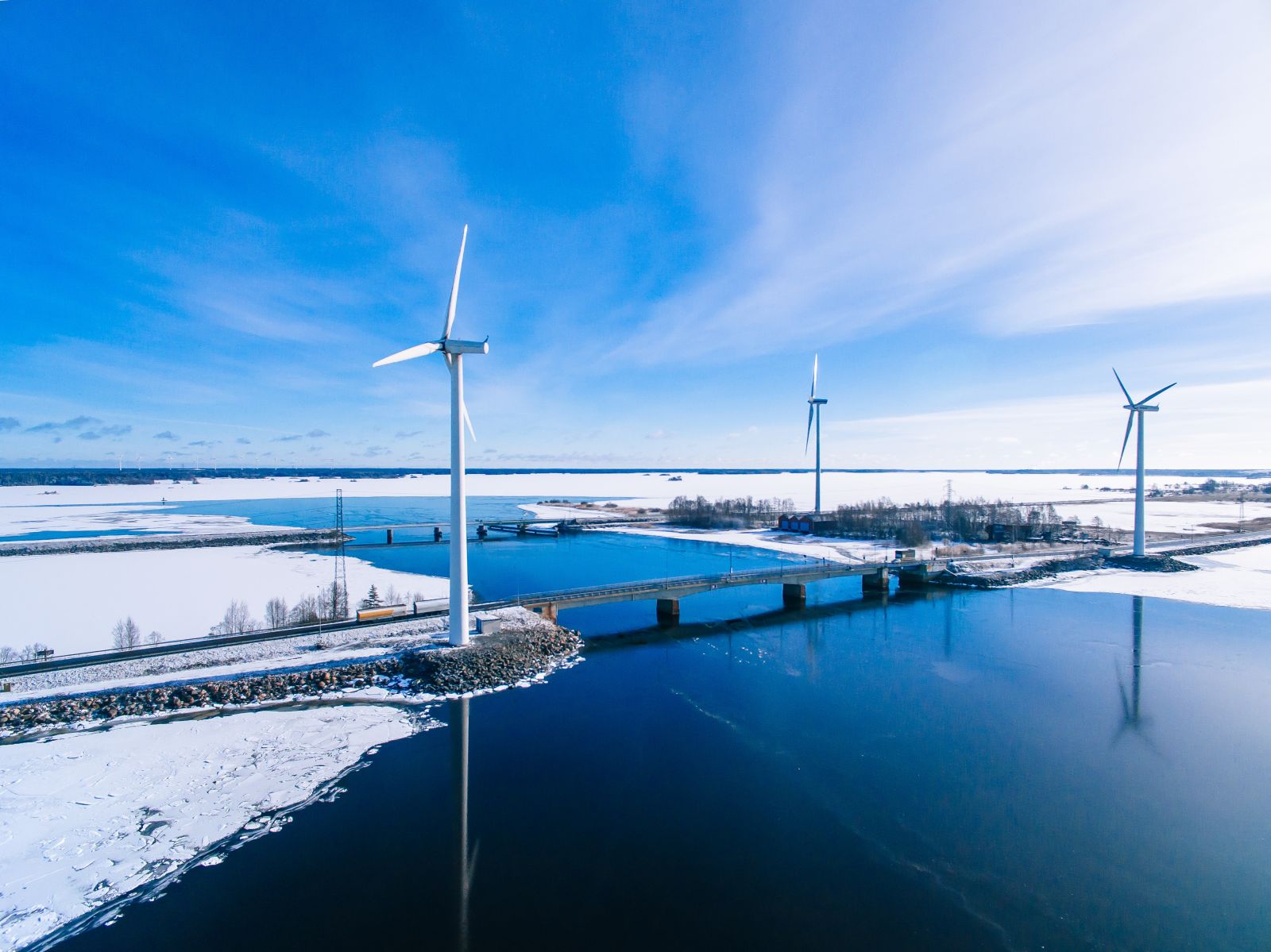 Breaking the Ice
Breaking the Ice
When it comes to cold weather, one of the biggest challenges facing turbines is ice. A build-up of ice can significantly reduce power production, damage turbine blades, drivetrains or towers, create imbalances, and lead to unsafe conditions for maintenance teams. A turbine or park that can't deliver energy isn't just a problem for its owner, it also spells major trouble for consumers - especially when it's cold outside. New turbines are typically delivered with built-in defenses including lightning protection and, if required, extreme weather packages such as blade heaters, coatings or low temperature hardware. However, older turbines are often missing this critical level of protection.
Why a Retrofit?
Retrofit solutions replace or update outdated technology while utilizing modern design features such as cold climate protection. As part of the retrofit process, turbines can be equipped with a complete Condition Monitoring System (CMS) to monitor the drivetrain, blades, and tower, in order to predict faults before they occur.
The efficiency of the retrofit process is constantly improving. Modular retrofit solutions are becoming increasingly competitive, providing a means to modernize technology so the original design life can be reached or even extended. When compared to repowering with a new turbine, a retrofit can be implemented for a fraction of the price and with a 3-5-year return on investment. This makes turbine retrofits, which are eligible for the Production Tax Credit, a highly competitive option, especially for turbines that can operate for another decade.
What are the components of a retrofit? What do legacy turbine owners need to pay attention to? The following is a short guide to protecting turbines from cold conditions through updates to the automation system.
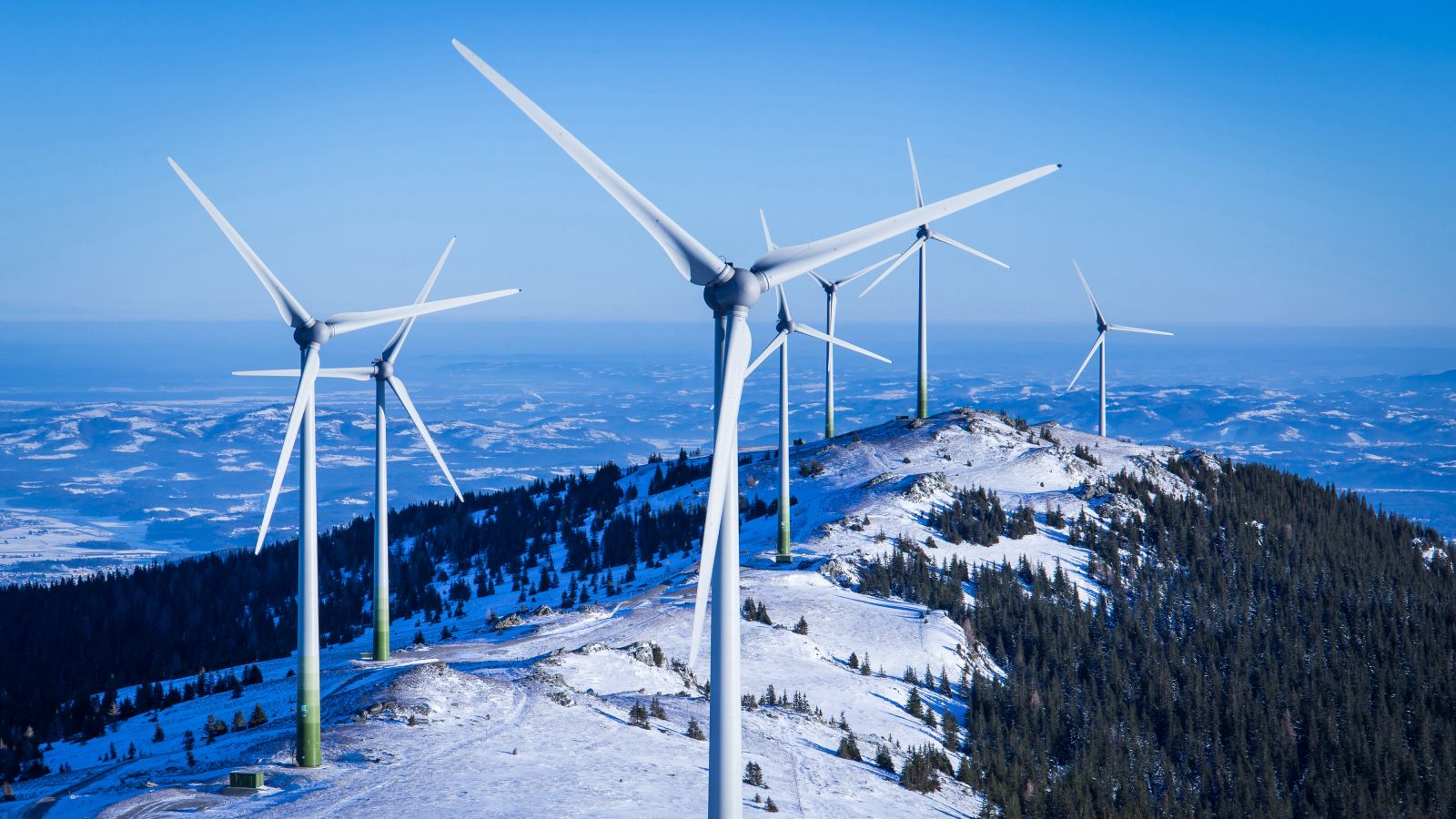
Breathing New Life into Older Turbines
When preparing older turbines for cold weather, the most important component is the automation hardware itself. Modern CPUs can be treated with cold climate protection to remain fully functional at temperatures down to -40 °F. They feature additional IO channels and higher overall availability, leading to a longer mean time between failures and reducing maintenance requirements.
Contemporary systems are designed for long-term availability, making it easier to acquire spare parts. This lowers the overall cost of replacement components and makes it much easier to schedule maintenance, resulting in a reduction of unplanned downtime. The latest CPUs are future-orientated and support developments such as SCADA upgrades, increased data access, security, and cutting-edge sensor technologies.
Another component of an effective cold weather retrofit is the integration of a Condition Monitoring System (CMS). CMS delivers crucial diagnostic data from sensors designed to monitor the health of the drivetrain, with some CMS units also capable of monitoring the blades, tower, and foundation. Modern CMS services often include remote monitoring and software add-ons for additional functions such as ice detection, rotor unbalance, and Structural Health Monitoring. Some CMS providers also interface with third-party hardware, integrating data from multiple vendors into one holistic system.
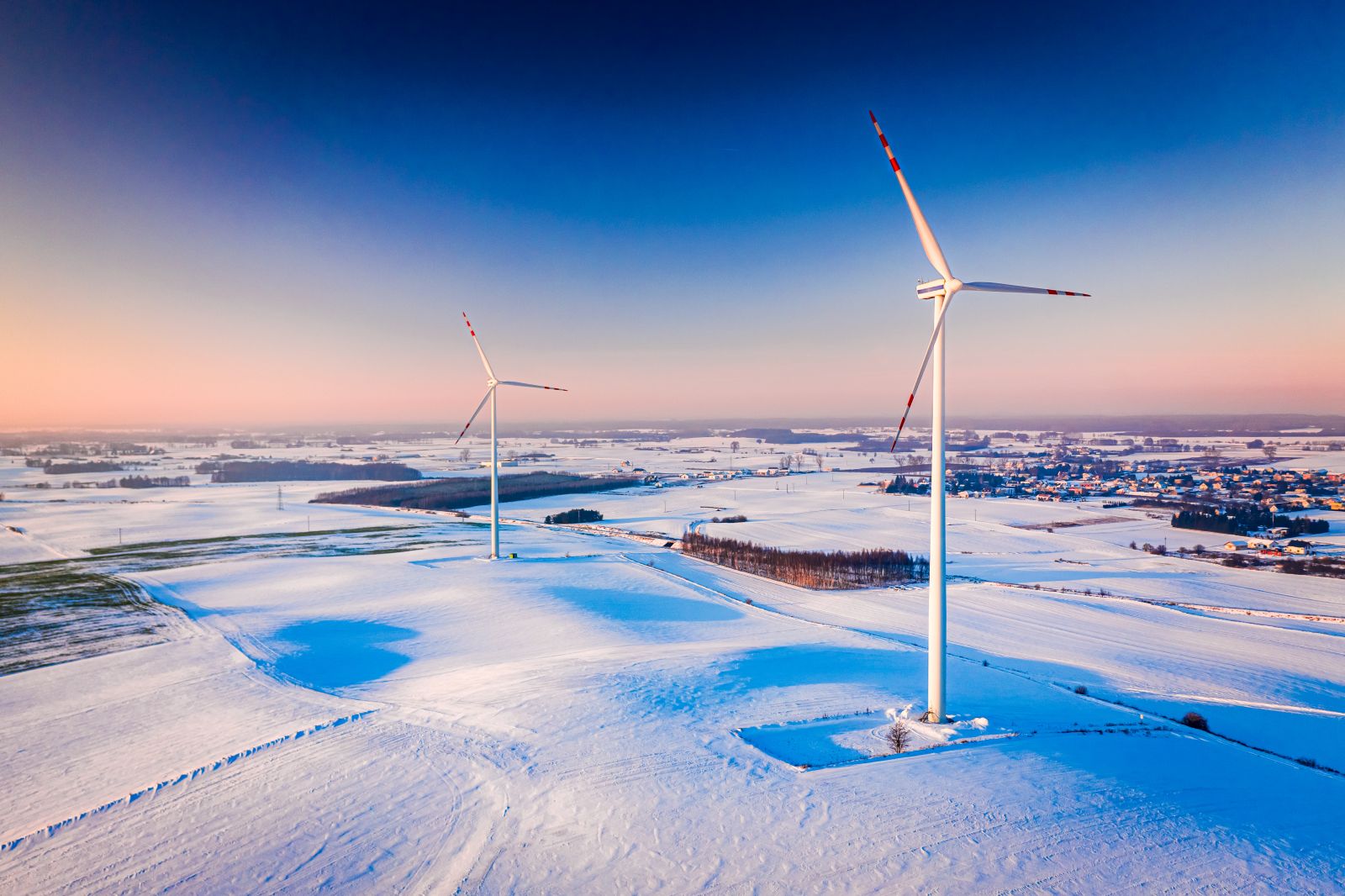
Turbine retrofits typically offer upgrades to a modern SCADA platform, providing enhanced visualization options such as a summary CMS overview, increased data access, and enhanced security. New SCADA systems allow more customization and higher flexibility, catering to owner operators who wish to establish or maintain independent operation of their fleet.
If there is no need to update existing CPU hardware, the turbine can be upgraded via a control software retrofit, which can significantly improve performance during challenging conditions. Control retrofits are carried out with minimal downtime; they have been shown to extend turbine life, improve data access, and tighten cyber security measures. This opens the door to new features including the automation of manual maintenance procedures like cold weather start-up, which reduces the number of labor-hours required to start turbines in low temperatures.
Aside from avoiding shutdowns and extreme weather damage, there are further benefits to turbine retrofits, particularly when it comes to improving efficiency and yield. A reduction in turbine faults increases overall reliability, and limiting operation torque can extend component lifetime. Open software and site data improve overall turbine operation and management, bringing turbines closer to the originally advertised power curve. All of this information will better prepare wind owners to make the right decision for their equipment and investors.
Nic Waters is a Key Account Manager for Bachmann electronic who is responsible for supporting the automation needs of the North, South, and Central American markets. With a diverse technical background in R&D and engineering experience at the start-up level, he serves the wind industry by identifying market needs and translating them into commercially viable products in the areas of turbine control/automation, SCADA, and condition monitoring. Based out of Northern California, Nic works out of one of Bachmann's remote office locations.
Katy Huckle is a Content Manager for Bachmann electronic who specializes in Condition Monitoring. She holds an MBA from the University of St Gallen and is based at Bachmann's Austrian headquarters.
Bachmann electronic GmbH | www.bachmann.info
Author: Nic Waters and Katy Huckle
Volume: 2021 May/June








